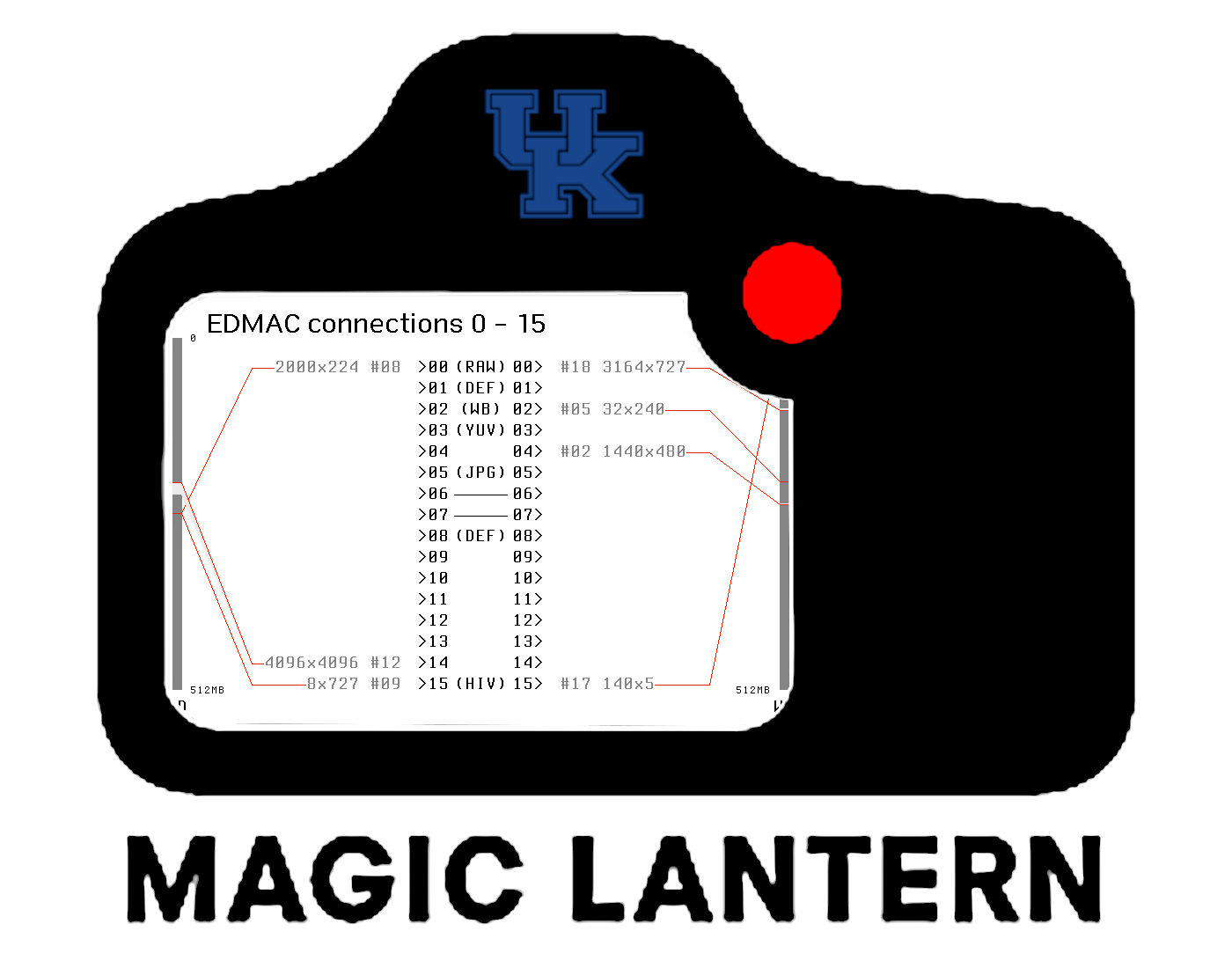
The Magic Lantern project describes itself as ``Magic Lantern is a free software add-on that runs from the SD/CF card and adds a host of new features to Canon EOS cameras that weren't included from the factory by Canon.'' In doing so, they have provided APIs, documentation, and the means to run code on many Canon EOS interchangeable lens cameras, and also useful well-documented interchange formats for data extracted via that access. The current work describes how these facilities can be applied by researchers to develop new imaging techniques on a professional/prosumer camera platform. Specifically, this work covers an attempt to use the Magic Lantern development tools to manipulate a cameras' Embedded Direct Memory Access engine (EDMAC) to perform on-the-fly frame diffing, and/or to the use of the project's MLV format for raw sensor data streams to extract data from the relatively large, high-performance sensor of a prosumer camera as input for alternative processing pipelines.

In this article, we propose a comprehensive objective metric for estimating digital camera system performance. Using the DXOMARK RAW protocol, image quality degradation indicators are objectively quantified, and the information capacity is computed. The model proposed in this article is a significant improvement over previous digital camera systems evaluation protocols, wherein only noise, spectral response, sharpness, and pixel count were considered. In the proposed model we do not consider image processing techniques, to only focus on the device intrinsic performances. Results agree with theoretical predictions. This work has profound implications in RAW image testing for computer vision and may pave the way for advancements in other domains such as automotive or surveillance camera.